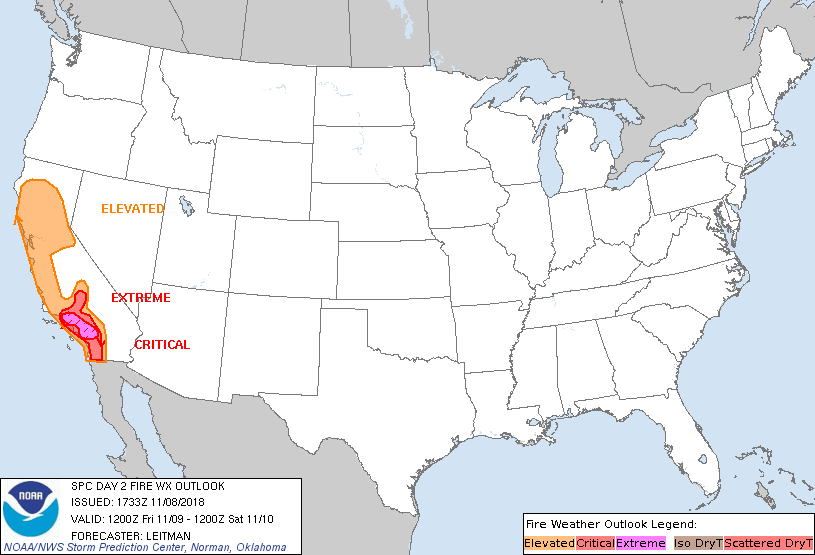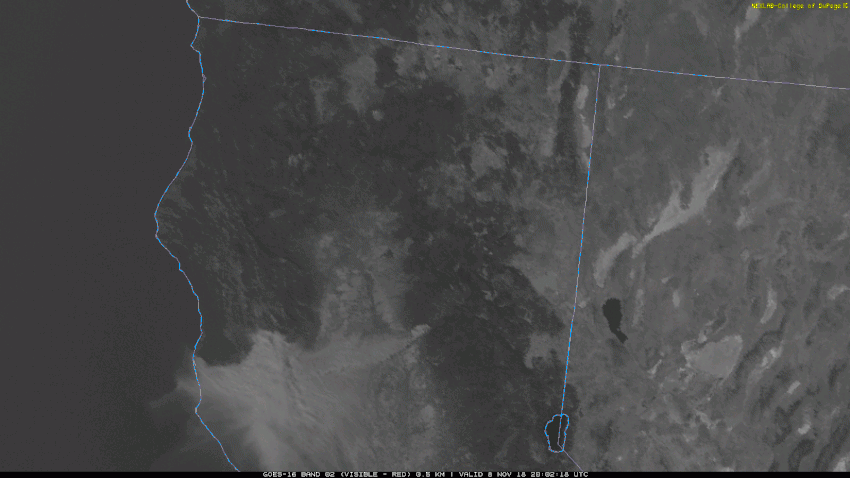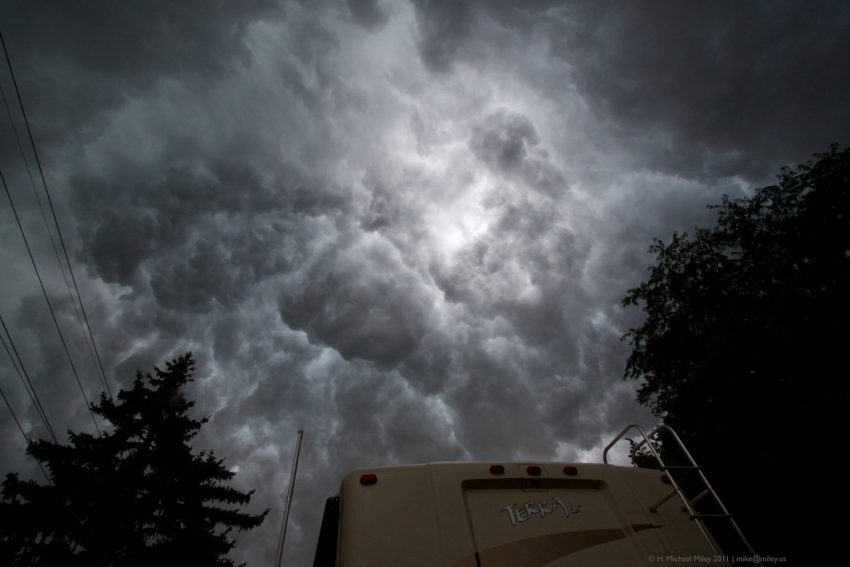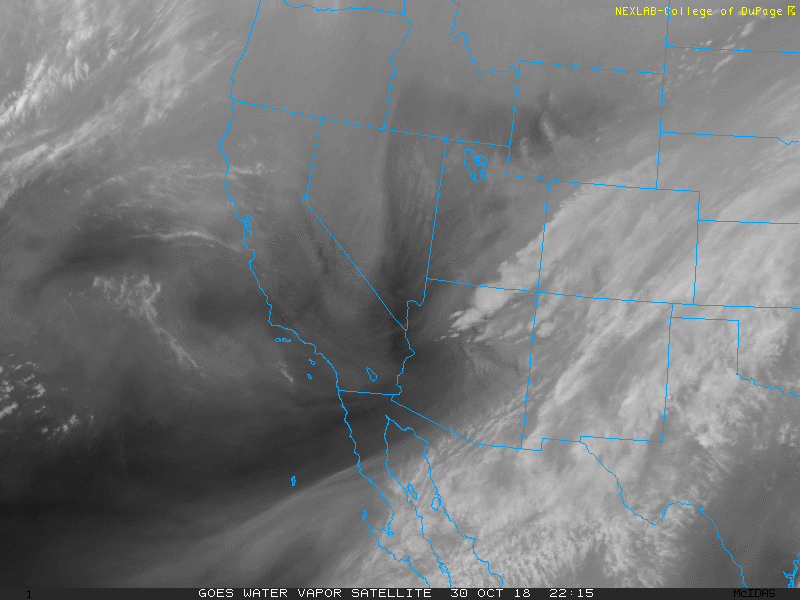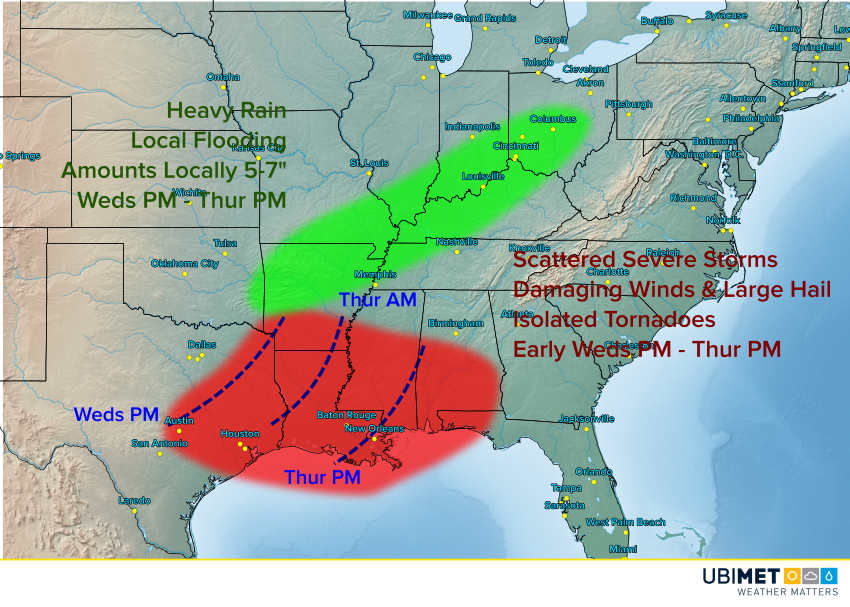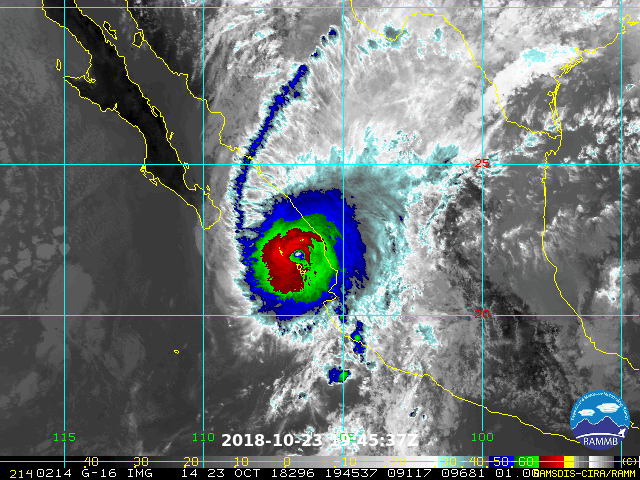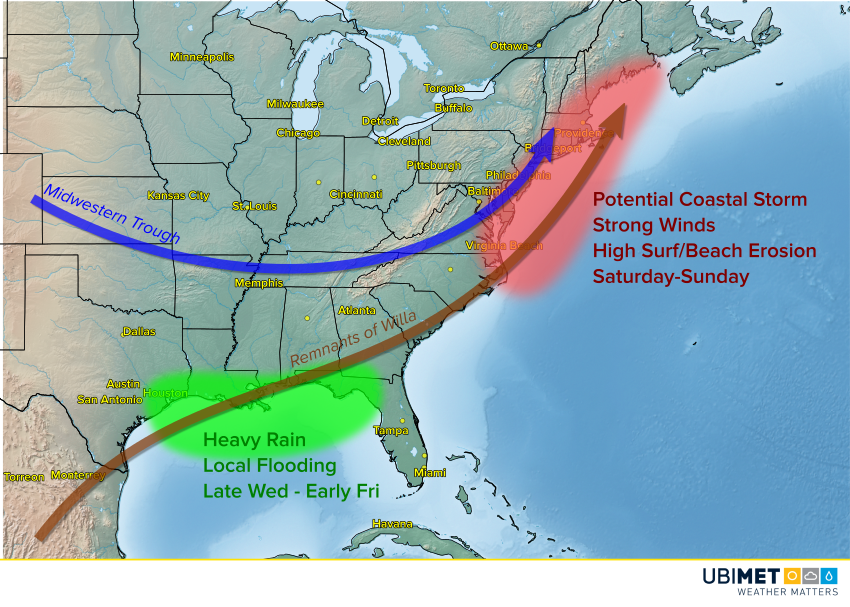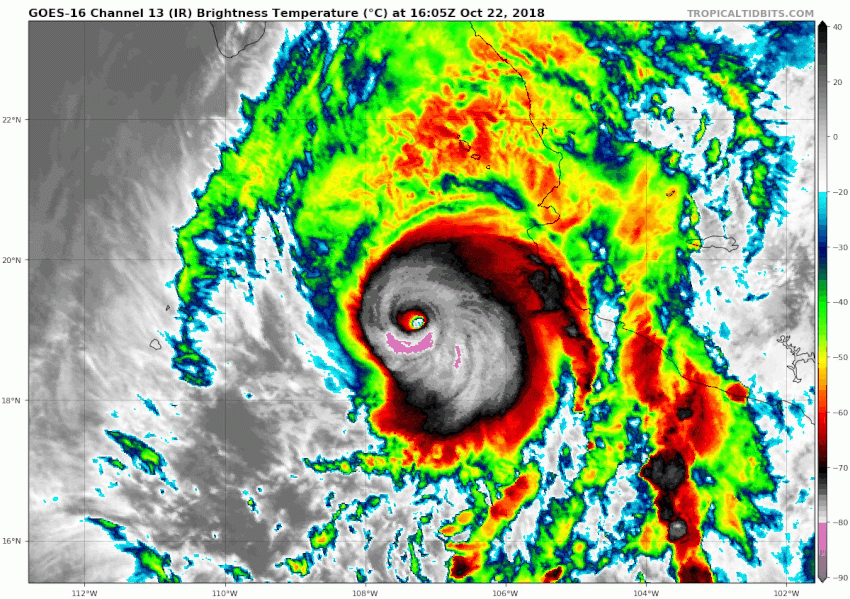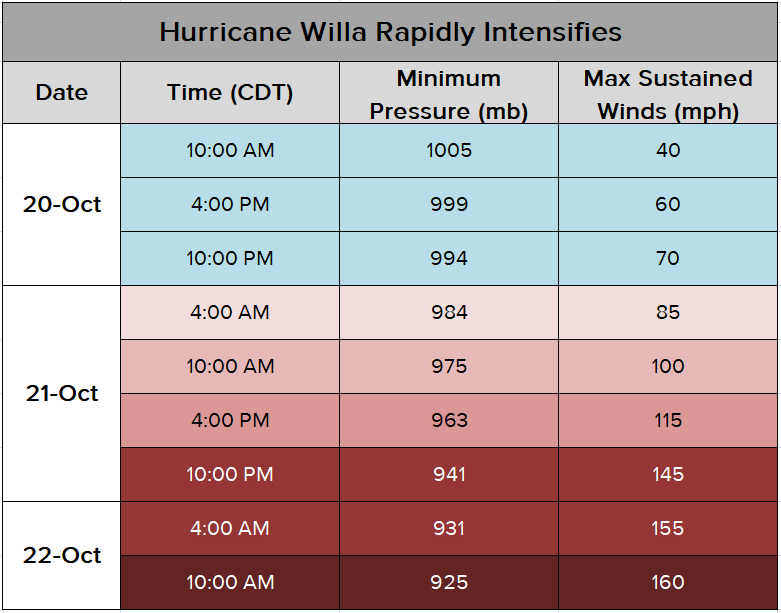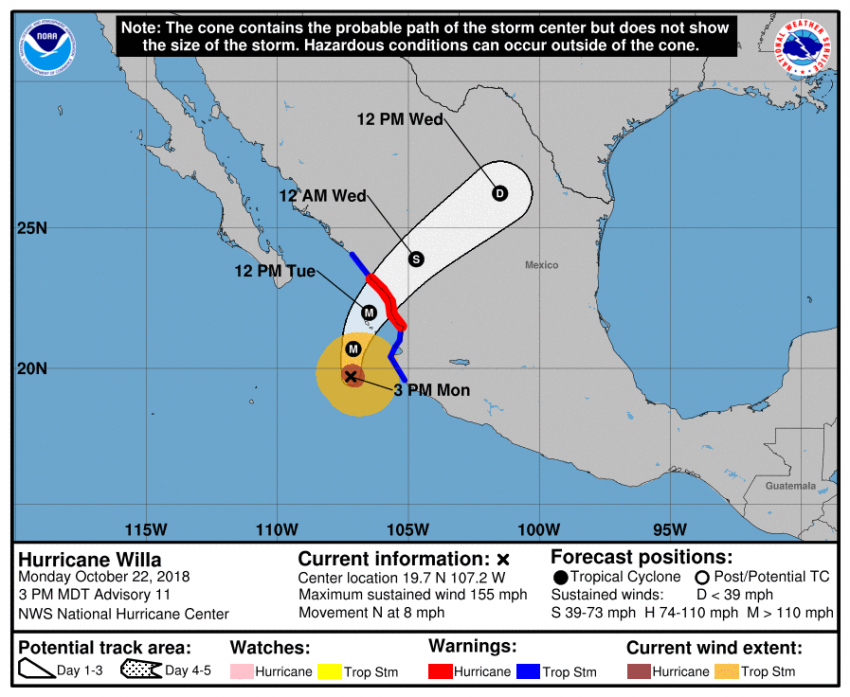Deadly Wildfires Rage Across Parts of California Due to Santa Ana Winds
Strong east to northeast winds and extremely low humidities have developed over much of interior California. This combination has produced the perfect environment for wildfires. Infernos are torching hundreds of thousands of acres along with many homes and businesses. The fire burning near Chico, California has even claimed lives.
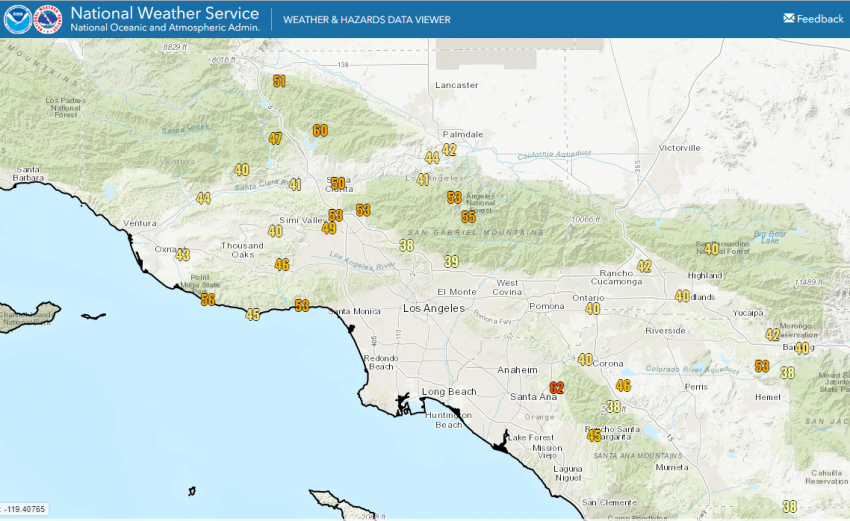
The flow of wind between high pressure over the Great Basin and low pressure near the Pacific coast is producing strong winds. These winds are particularly high on the lee (western) slopes of the mountain ranges of California. Gusts up to 50-70 mph (80-110 kph) have been reported in the hills around the L.A. Basin today (see map above). In this region, these downsloping easterly winds are known as the Santa Ana winds. Relative humidities are also running at 10% or below across much of interior California, dangerously dry conditions. It’s the proverbial powder keg waiting for the slightest spark to start out-of-control blazes.
A video a friend of mine posted who lives in Paradise. #CampFire pic.twitter.com/0FcjvQ8sCG
— Madelynn Hinojos👑 (@madelynn_hh) November 8, 2018
The wildfire near Paradise, California began only this morning and has already burned more than 20,000 acres. Evacuations have been mandated across this area with some residents forced to drive through flames and flying cinders to escape (see tweet videos above). A hospital was burned to the ground, one of hundreds of structures destroyed. So far fire containment efforts have been largely ineffective. The city of Chico is next in line to be impacted by this deadly blaze on Friday. Choking smoke has even been blown southwest across the Bay area (see satellite animation at top).
Winds will diminish somewhat by Friday in northern California and a lesser wildfire threat is forecasted. Hopefully this will allow firefighters to gain the upper hand to on the Camp Fire blaze. However, southern California will remain in an extreme wildfire danger (see map below)
